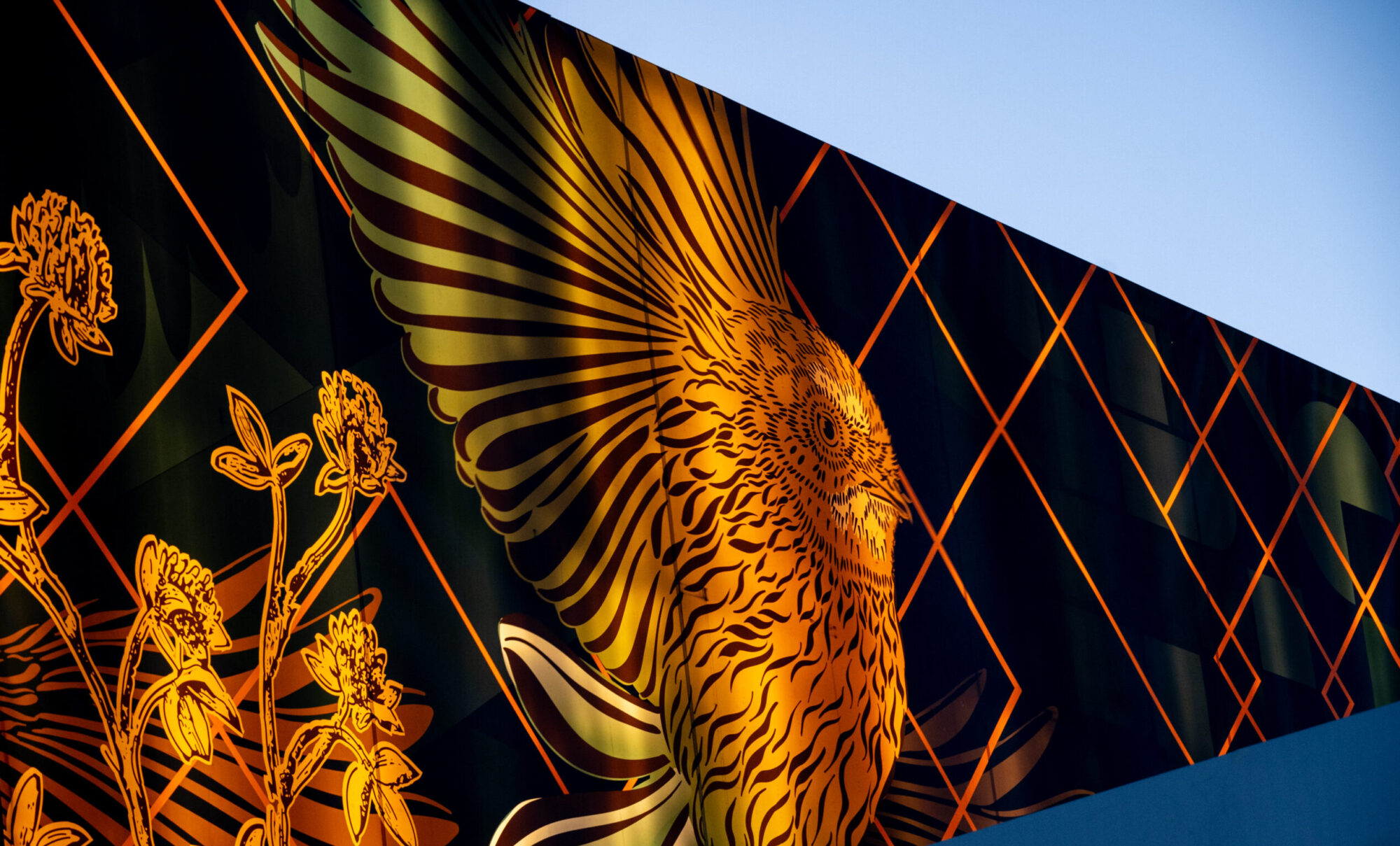By the time the Ferrarese Chansonnier was copied- perhaps as early as c. 1480, perhaps as late as c. 1490, the chanson had enjoyed a history of about five centuries. In its earliest guise the French song was monophonic with the troubadours and trouvères producing a repertoire of songs during the 13th and 14th centuries unmatched in richness at any other time (i.e. in the song’s monophonic form).

During the 14th century the chanson developed into a multi-part composition- usually with the upper-most part sung and two lower voices instrumental. These compositions, of what is often called the ars nova (new art), were mainly in the structural forms of either the ballade, rondeau or virelai. Guillaume de Machaut was one of the main composers of these songs which in the latter part of the century became increasingly complex in their rhythmic style. Exponents of this style, the ars subtilior (subtle art), include the Frenchmen Jean Solage and Jacob Senleches and the Italians Matheus de Perusio and Antonellus de Caserta.
The rhythmic complexities of the chanson from around 1380-1410, gave way to straight-forward subdivisions of the breve during the ensuing decades of the 15th century. The so-called Burgundian and Flemish schools produced a wealth of songs to which most composers of the 15th century contributed. These include such masters as Giles Binchois and Guillaume Du Fay in the earlier part of the 15th century. The following generation is well represented by Johannes Ockeghem, Antoine Busnoys, Johannes Martini, Firminus Caron, Alexander Agricola, Loyset Compère and Heinrich Issac. It is from this generation of composers that the Ferrarese Chansonnier draws its body of works.
Notable developments of the chanson during the 1400s include firstly a concentration on the rondeau and virelai/bergerette forms and the introduction of through-composed songs; secondly the adoption of imitative counterpoint; and thirdly four-voice songs were increasingly composed.
The chanson continued its “illustrious career” during the 16th century with five- and six-part songs coming to the fore and mainly all in the so-called “pervasive imitative” style. As the principal secular genre the chanson was seriously challenged by the madrigal and eventually gave way to the figured bass songs of the 17th century.
Major contributors to both the chanson and madrigal during the 16th century include Adrian Willaert, Jacques Arcadelt and Orlando de Lassus.
